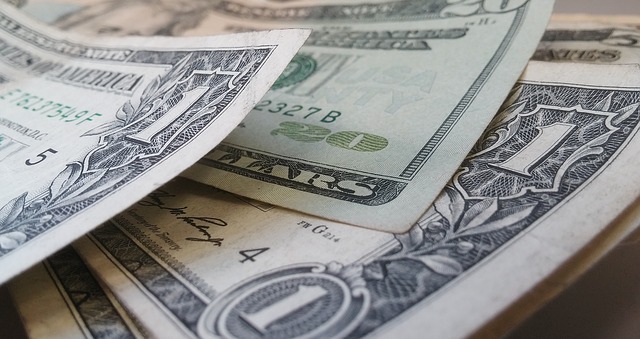 Author: Joseph Agresti
Author: Joseph Agresti
Covestor model: China & India
Disclosure: No position in LOJN at time of writing
As we make our way toward the end of the year I wanted to give my readers a small sampling of what goes on in my head while I read a 10-K. This is the latest one for LoJack (LOJN), the vehicle recovery tracking systems company.
Strengths:
– only company to have RF technology and linked up directly to law enforcement
– brand recognition and international presence in 32 other countries, including major establishments in Canada and Italy
Weaknesses:
– some patents begin to expire in 2016-2018
– labor lawsuit final settlement to close November 2011 (money not stated)
– another lawsuit filed for $10M in NY (seems frivolous)
Opportunities:
– computers, Alzheimer’s patients, construction equipment, cargo and motorcycles
Threats:
– car companies like GM offering OnStar services that can recover stolen vehicles. This is inferior technology, but that’s not known to the public
Major factors
– car sales in America, Italy and Canada (in that order)
– new CEO hired on October 17 is a former Ford executive
– 87% of revenue in US is from dealerships
Notes:
– Lojack is sold as an add-on to a car purchase price
– dealers are licensed to install the system, which typically costs the consumer $699 to $999, depending on the system
– there is no monthly charge
– 2/3 of revenue is generated in North America
– operating expenses have declined 36% – are they getting leaner?
– cash from operating activities almost tripled from $8m in 2008 to $22m in 2010
– revenues down 25% from 2008
– running net losses since 2008
Commentary:
While probably the most recognizable name in vehicle recovery, LoJack has become the victim of declining vehicle sales and increased competition from car companies including GPS tracking systems in their cars.
Lojack’s RF technology is superior and is directly connected to law enforcement vehicles and helicopters in 26 states and Washington DC.
The failure of management to spread to all 50 states is partly due to political hurdles that must be jumped to install their products in law enforcement vehicles. Car companies that offer GPS services do not have to install their product in police officers’ cars for the consumer to be able to buy their product. When a LoJack enabled car is stolen, it has a 95% recovery rate according to the company.
There has been an attempt by the company directly and through subsidiaries to diversify its business. New areas include computers, cargo and even people. The market for this is in its infancy and is expected to have very stiff competition.
The company recently hired a former Ford executive to run the company. This, I believe, can be a major catalyst for growth. Ford does not currently offer an OnStar-type service like GM currently does. This hiring may signal a relationship with the manufacturer or possiblly even result in a direct purchase of LoJack by Ford. This is feasible because the company has $45M net cash and is generating $18M a year in cash flows (source). The company’s current market cap (as of 11/3) is approximately $58M – a drop in the bucket for Ford, which can add a surefire brand name to help differentiate and compete with GM/OnStar. There would be the added benefit of being able to simply add the vehicle recovery business and sell off the remaining parts.
In conclusion, I believe that if car sales in the US and Canada have bottomed, that LOJN provides a promising investing opportunity given the following assumptions:
Cash flows that are currently $18M per year remain at least $10M per year for the next 7 years = $70M; plus net cash which is currently $45M – which we will call $35M just to keep things safe = $70M+$35M = $105M
As of 11/3, LOJN is trading at around $3.15 – and it has $3.13 per share in cash.
I believe it is worth $105M – $5.93 per share, at the minimum.
In order to buy the business “for free” I would pay $2.60 per share – which is equal to the net cash on the balance sheet.



